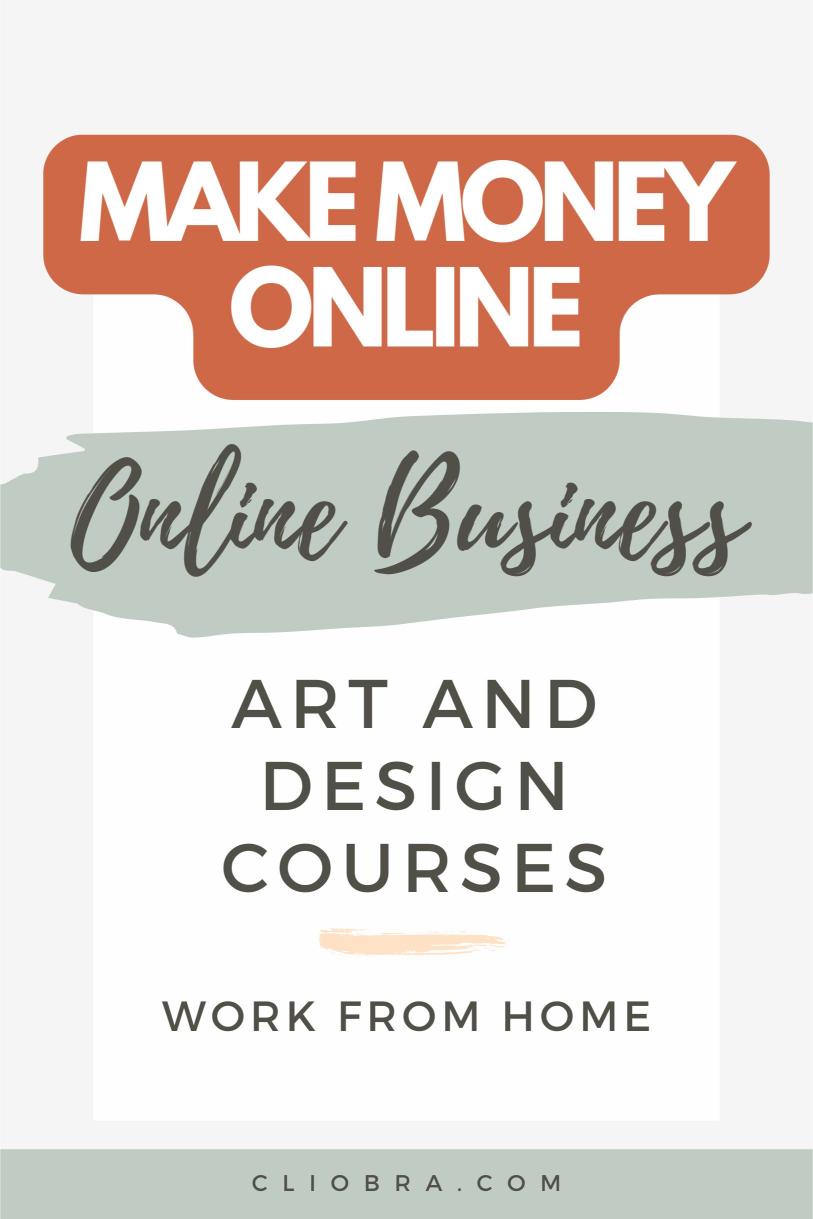Last Updated on October 11, 2024 by Arif Chowdhury
Ever thought about turning your art skills into cold, hard cash?
I mean real money. Not just pocket change.
I’m talking $7,000 a month. Sounds sweet, right?
Well, buckle up. I’m about to show you how to make it happen with online art and design courses.
Why Online Courses? The Gold Mine You’re Sitting On
Let’s get real for a sec.
The e-learning market is exploding.
In 2021, it was valued at $215 billion. By 2027, it’s expected to hit $645 billion.
That’s a lot of zeros.
And here’s the kicker: art and design courses are in high demand.
People are hungry to learn. They want to create. They want to express themselves.
And you? You’ve got the skills they’re craving.
So why not cash in?
Step 1: Find Your Niche
First things first. You gotta narrow it down.
What’s your superpower?
- Digital illustration?
- Watercolor techniques?
- Graphic design?
- UI/UX design?
Pick something specific. Something you’re damn good at.
Why?
Because when you’re the go-to expert in a niche, people will pay premium prices for your knowledge.
Step 2: Know Your Audience
Who are you teaching?
- Beginners looking to dip their toes?
- Intermediate artists trying to level up?
- Pros searching for advanced techniques?
Get inside their heads.
What are their pain points?
What do they struggle with?
What keeps them up at night?
Once you know this, you can create a course that speaks directly to their needs.
And trust me, that’s when the magic happens.
Step 3: Plan Your Course
Now, let’s get down to the nitty-gritty.
What are you gonna teach?
Break it down into modules. Like this:
- Introduction to the basics
- Essential tools and techniques
- Advanced skills
- Real-world projects
- Tips for building a portfolio
Make sure each module builds on the last.
You want your students to feel like they’re making progress.
That’s what keeps them coming back for more.
Step 4: Create Killer Content
This is where the rubber meets the road.
Your content needs to be top-notch.
No shortcuts. No half-assing it.
Here’s what you need:
- High-quality video tutorials
- Downloadable resources (templates, cheat sheets, etc.)
- Quizzes to test knowledge
- Projects for hands-on practice
Remember, people learn in different ways.
Some are visual learners. Others learn by doing.
Cover all bases, and you’ll have a course that appeals to everyone.
Step 5: Choose Your Platform
Now, where are you gonna host this masterpiece?
You’ve got options:
- Udemy
- Skillshare
- Teachable
- Your own website
Each has pros and cons.
Udemy and Skillshare have built-in audiences. But they take a cut of your profits.
Teachable gives you more control. But you gotta do your own marketing.
Your own website? Complete freedom. But it’s more work.
Choose wisely. Your platform can make or break your success.
Step 6: Price It Right
Pricing. The million-dollar question.
(Or in this case, the $7,000 a month question.)
Here’s the deal:
Don’t undervalue yourself.
If your course is good (and it better be), charge what it’s worth.
Look at your competition. What are they charging?
Now, ask yourself:
- How in-depth is my course?
- What unique value am I offering?
- What results can my students expect?
Price accordingly.
And remember, it’s easier to start high and offer discounts than to raise your prices later.
Step 7: Market Like a Boss
You’ve built it. But they won’t come unless you tell them about it.
Marketing is key.
Here’s your game plan:
- Build a mailing list
Start collecting emails now. These are your warmest leads. - Leverage social media
Show behind-the-scenes content. Give free tips. Build a following. - Create a killer sales page
Highlight the benefits. Show what students will learn. Include testimonials (once you have them). - Run targeted ads
Facebook, Instagram, Google. Find where your audience hangs out and get in front of them. - Offer a free mini-course
Give people a taste. Leave them hungry for more.
Step 8: Provide Stellar Support
Your job isn’t done when someone buys your course.
That’s just the beginning.
Provide top-notch support:
- Answer questions promptly
- Offer feedback on projects
- Host live Q&A sessions
Happy students = word-of-mouth marketing = more sales.
It’s that simple.
Step 9: Gather Feedback and Improve
Your first version won’t be perfect.
And that’s okay.
Get feedback from your students.
- What did they love?
- What was confusing?
- What do they wish you’d covered?
Use this to make your course better.
Constantly improving = staying ahead of the competition.
Step 10: Scale Up
Once you’ve got one successful course under your belt, don’t stop there.
Create more courses. Expand your offerings.
Maybe add:
- One-on-one coaching
- Live workshops
- A community forum
The sky’s the limit.
Real Talk: Can You Really Make $7,000 a Month?
Let’s break it down.
Say your course costs $200.
To make $7,000 a month, you need to sell 35 courses.
Is it doable? Absolutely.
Is it easy? Hell no.
It takes work. Dedication. Persistence.
But here’s some food for thought:
The average Udemy instructor makes $8,000 per year.
But the top 10% of instructors? They’re pulling in an average of $17,000 per year.
And remember, that’s just on one platform.
Diversify your offerings, market like crazy, and provide real value?
$7,000 a month is just the beginning.
The Bottom Line
Creating and selling online art and design courses isn’t a get-rich-quick scheme.
It’s a business.
Treat it like one, and the potential is huge.
You’ve got the skills.
You’ve got the knowledge.
Now it’s time to package it up and share it with the world.
And get paid handsomely for it.
So what are you waiting for?
Your $7,000 a month journey starts now.
Get to work.
